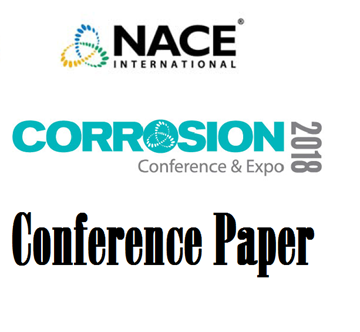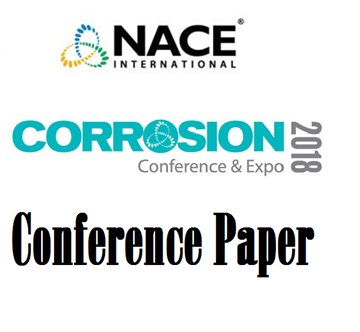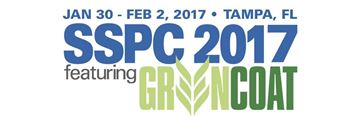Search
Products tagged with 'electrolyte'
View as
Sort by
Display
per page
51318-10845-Droplet Corrosion on CO2 Transport Pipeline Steels
Product Number:
51318-10845-SG
Publication Date:
2018
$20.00
51318-10846-Comparison of critical pitting temperatures of stainless steel in different salt solutions
Product Number:
51318-10846-SG
Publication Date:
2018
$20.00
Examination Of Corrosion Sensor Data From Long-Term Field Exposures
Product Number:
51322-18198-SG
Publication Date:
2022
$20.00
Forensic Evaluation of Long-Term Galvanic Cathodic Protection of Bridge Pilings in a Marine Environment
Product Number:
51320-14485-SG
Publication Date:
2020
$20.00
Internal Corrosion in Natural Gas Pipelines
Product Number:
51323-19507-SG
Publication Date:
2023
$20.00
To Cycle or Not to Cycle: That is the Question
Product Number:
51217-037-SG
Publication Date:
2017
$20.00






